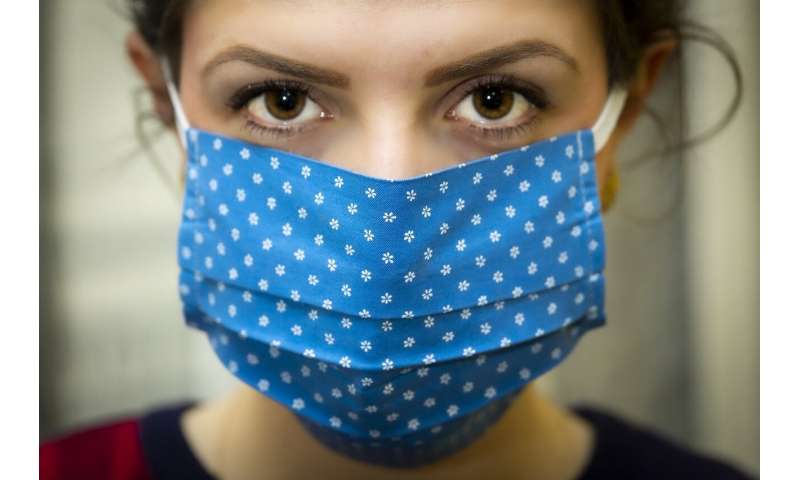
The specific set of symptoms COVID-19 patients experience at the onset of the disease may predict how severe their case will become, according to a study by researchers at King’s College London that analyzed self-reported symptoms.
The study identifies six ‘symptom clusters,’ or subtypes, of COVID-19:
Subtype 1, ‘flu-like with no fever’: headache, loss of smell, muscle pain, cough, sore throat and chest pain.
Subtype 2, ‘flu-like with fever’: fever and loss of appetite in addition to headache, loss of smell, cough, sore throat and hoarseness.
Subtype 3, ‘gastrointestinal’: diarrhea and loss of appetite, no cough, headache, loss of smell, sore throat and chest pain.
Subtype 4, ‘severe level one, fatigue’: fatigue in addition to headache, loss of smell, cough, fever, hoarseness and chest pain.
Subtype 5, ‘severe level two, confusion’: confusion in addition to headache, loss of smell, loss of appetite, cough, fever, hoarseness, sore throat, chest pain, fatigue and muscle pain.
Subtype 6, ‘severe level three, abdominal and respiratory’: shortness of breath, diarrhea and abdominal pain in addition to headache, loss of smell, loss of appetite, cough, fever, hoarseness, sore throat, chest pain, fatigue, confusion and muscle pain.
“We were able to work out these six subtypes … that make a bit more sense of this strange disease,” said Tim Spector, professor of genetic epidemiology at King’s College London. “At the moment, we’re treating it like it’s all the same flu, but clearly everyone reacts very differently—because they are different people or something about the virus is different.”
Spector is also a co-founder of the ZOE COVID Symptom Study app, which collected the self-reported data for this study. The app asks users to log health information and potential COVID-19 symptoms daily. The study analyzed data from 1,600 app users in the U.S. and U.K. with confirmed COVID-19 cases and who logged their symptoms during March and April.
The data collected showed 20% of people with subtype 6 and 10% of people with subtype 5 eventually required breathing support, compared to just 1.5% of people with subtype 1.
The 5 and 6 subtypes signal a “high risk” for needing hospitalization in the future, Spector said. According to the study, almost half of subtype 6 will require hospitalization. The cluster of symptoms can be detected by day five of the disease—which is eight days earlier than when most people who need breathing support go to a hospital, Spector said.
The study also found that people in clusters 4, 5 and 6 were older, more likely to be overweight and more likely to have preexisting conditions than those in clusters 1, 2 and 3.
These subtypes are a ‘predictive tool,’ but not necessarily groundbreaking, said Egon Ozer, assistant professor in infectious diseases at Northwestern University Feinberg School of Medicine. He said higher body mass index and preexisting conditions like lung disease are known risk factors for severe cases of COVID-19 requiring respiratory support.
“I’m not sure if this (study) adds that much,” Ozer said. “The sicker somebody was, the sicker they will become.”
However, he said there are some benefits to this data. Because a computer analyzes the symptoms, Ozer said this could be a useful tool for clinicians who don’t have as much familiarity with treating COVID-19 patients. Tracking one’s COVID-19 symptoms is also helpful in determining whether a case is getting worse and may require hospitalization, he said.
Spector said tracking your symptoms before you’ve tested positive for COVID-19 is also important. Data collected from the app also showed a set of nonspecific symptoms—headache, sore throat and muscle pain—that appear before the onset of the popular symptoms, like fever, cough and lack of smell.
“People wait for the classic (signs),” Spector said. “And by that time, they may have infected workmates, friends and family.”
Lauren Leazenby, Chicago Tribune


